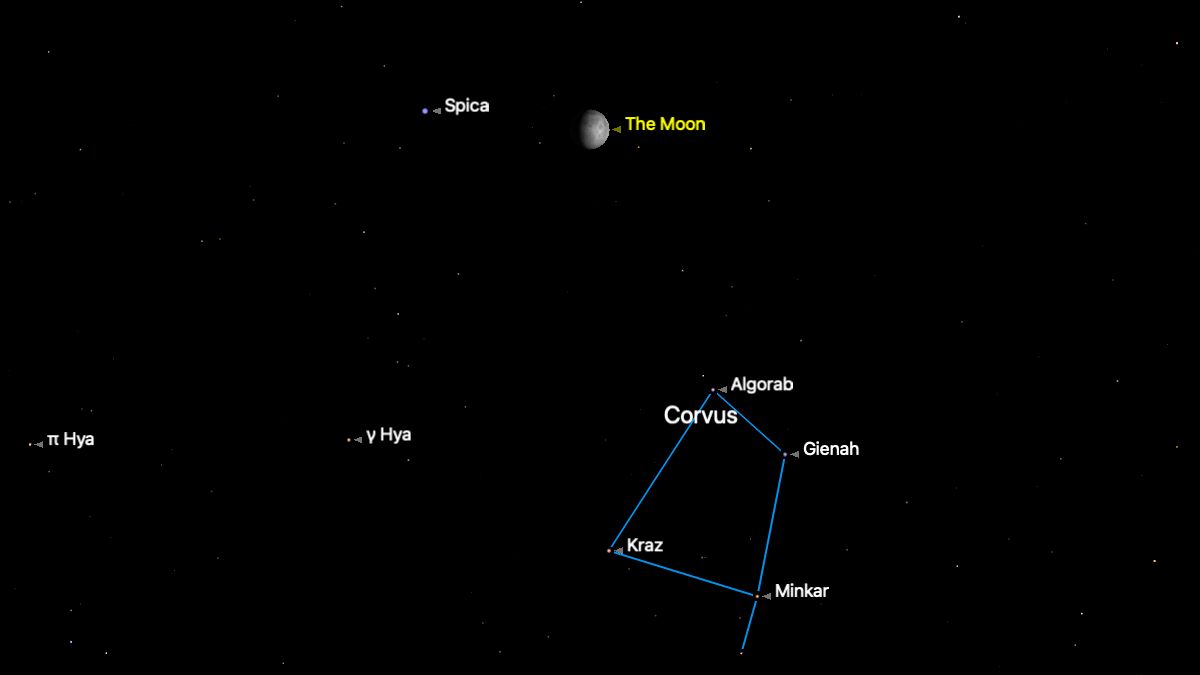SpaceX Dragon Spacecraft Packed with Big Science for Space Station (Infographic)

When the private spaceflight company SpaceX launches its third cargo delivery mission to the International Space Station, the flight's robotic Dragon spacecraft will be packed with 5,000 lbs. of vital supplies, including some intriguing technology and science experiments.
The Dragon spacecraft is slated to launch in April 2014 atop a SpaceX Falcon 9 rocket. Here's a look at some of the strange NASA science hitching a ride to the International Space Station on the Dragon's "wings":
Space Legs for Robonaut 2
NASA's humanoid Robonaut 2 droid has been on the space station since 2011, but was launched into orbit with only a torso, arms and head. Dragon will deliver two strange legs for Robonaut 2 as a technology demonstration. The legs are designed to allow Robonaut 2, or R2 as NASA calls it, to one day "walk" on the exterior of the International Space Station to make repairs.
NASA PhoneSat 2.5
NASA is redefining how to build satellites by merging smartphone technology with tiny cubesats. PhoneSat 2.5 is NASA's fifth smartphone-based cubesat mission. It is designed to be controlled from Earth via another smartphone.
Cheerleader Science in Space
A group of NFL and NBA cheerleaders teamed up to take 48 microbial samples, including some from Sue the T. Rex, the Liberty Bell Mercury capsule used by Gus Grissom and several NFL and NBA stadiums, as part of an experiment to see how the microbes grow in space. The experiment, called Project MERCURRI, is organized by Science Cheerleader, a group of professional cheerleaders pursuing careers in science and technology.
Space Laser
Dragon will deliver NASA's first laser-based communications system for the International Space Station as part of the Optical Payload for LaserComm Science, or OPALS for short. The system is a prototype designed to beam high-definition videos down to Earth.
Protein Crystal Tests and More Science from CASIS
The Center for Advancement of Science in Space will have a wealth of science riding up to the International Space Station on the Dragon spacecraft. The experiments cover a wide range of subjects, including experiments to study how protein crystals grow in weightlessness,a miniature space farm to see how lettuce grows without gravity, and several experiments related to gene expression for illnesses like Huntington's Disease and Parkinson's Disease.
- 6 Coolest Space Shuttle Science Experiments
- Robonaut 'Waltz': Space Station Droid's Legs Get Movin' | Video
- Cosmic Quiz: How Well Do You Know the International Space Station?
Follow us @Spacedotcom, Facebook and Google+.
Join our Space Forums to keep talking space on the latest missions, night sky and more! And if you have a news tip, correction or comment, let us know at: community@space.com.
Get the Space.com Newsletter
Breaking space news, the latest updates on rocket launches, skywatching events and more!
